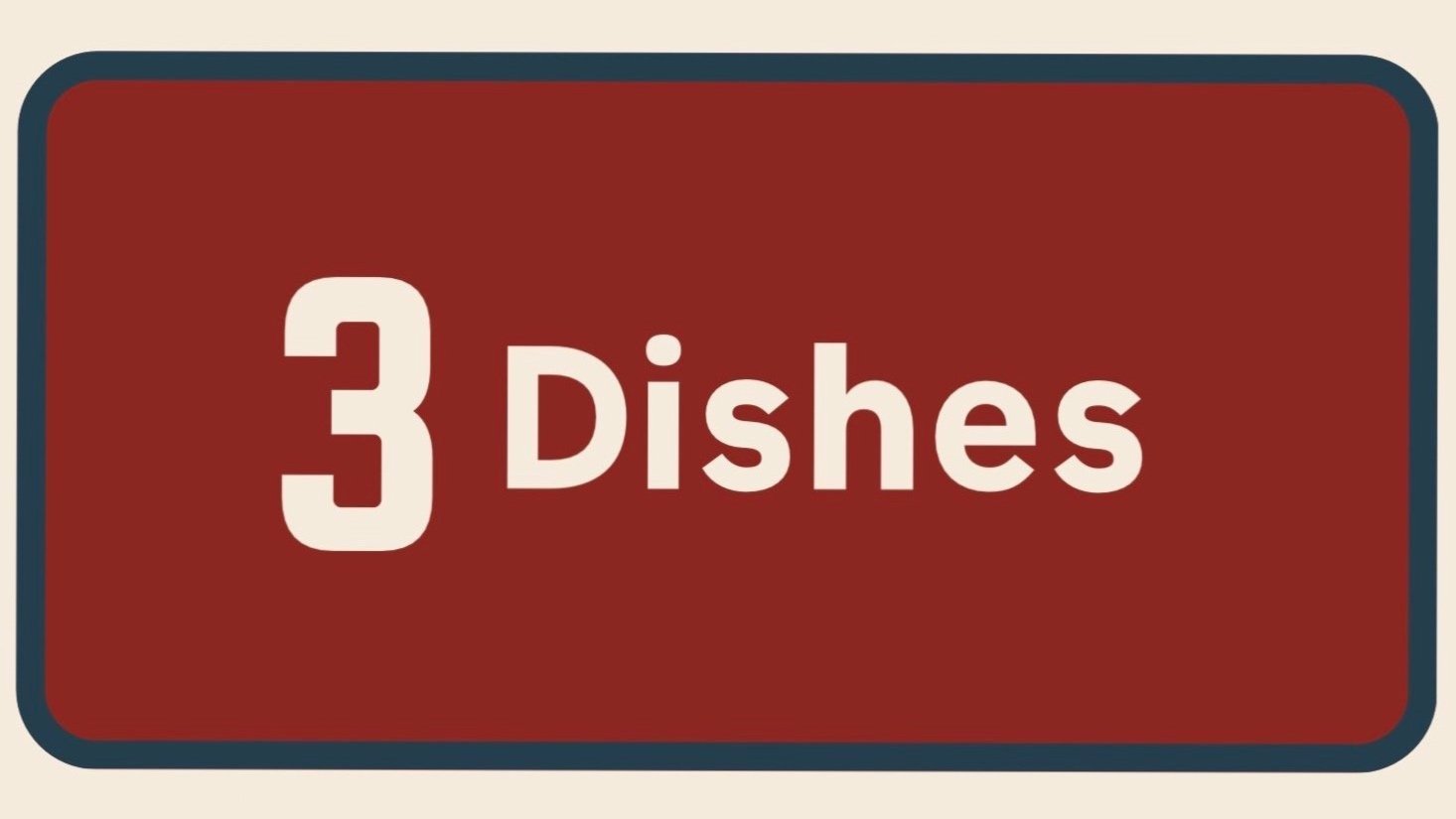From Banking to Bian Dang (便當)
I’ve always been a hard worker. From an early age, I knew I might not be the smartest person in the room—but I had the drive to outwork just about anyone. That mindset eventually carried me into investment banking, where I spent years helping companies raise capital, make acquisitions, and grow. And while I learned a ton in banking, the thing that stuck with me the most wasn’t about spreadsheets or pitch decks—it was how much I admired the people who actually built those businesses. Entrepreneurs. The ones willing to bet on themselves.
Somewhere between version 68 and 69 of a model, I realized that as much as I was learning, I was always building for someone else. Over time, I knew I didn’t just want to advise those people and collect the fees—I wanted skin in the game. I wanted to feel the highs and lows of building something myself—managing budgets, leading people, making tough calls on marketing, supply chain, you name it—and knowing that if it all worked, it was because of what I built. And if it didn’t…well, that was on me too.
I can’t tell you the exact moment the restaurant idea hit me. Maybe it was working on a few deals in the space. But honestly? It was also very personal. I kept noticing how hard it was to find food that was healthy, affordable, and still deeply comforting. Most days in the office, lunch meant choosing between an overpriced salad or a heaping bowl of vaguely defined slop.
I started bringing in my own meals—usually a protein, two vegetables, and sometimes a little soup—the kind of balanced, everyday spread I grew up eating in Taiwan. At home, we called it “three dishes and a soup.” That’s when I realized that Chinese and Taiwanese homestyle cooking could translate beautifully to a fast-casual format.
The problem with most Americanized Chinese takeout isn’t just because it is inauthentic—it’s that it’s built for indulgence, not for everyday eating. It’s heavy on fried dishes, sugar, and salt because it was designed to be a treat, not a staple. Homestyle cooking, on the other hand, is balanced by design: plenty of vegetables, moderate portions of protein, lighter sauces, and flavors you can come back to every day without feeling weighed down. It’s food that sustains you—and that’s exactly what’s been missing from the fast-casual space.
So the way I see it, there were three things that pushed me over the edge:
The itch to build something of my own
The skills I picked up in banking—figuring out what makes a business work (or not)
The glaring gap in the fast-casual market for authentic Chinese/Taiwanese homestyle cooking
Also, I’d be lying if I didn’t mention my wife—she’s a huge foodie, an amazing cook, and comes from a family with restaurant experience. That definitely helps.
The vision here isn’t just one little neighborhood spot. It’s 3 Dishes—a platform to give Chinese and Taiwanese homestyle cooking the seat it deserves in America’s fast-casual landscape. I know it’ll take years of relentless work, but I’m building something I believe can change the way people think about Chinese food in the U.S.—not as a special-occasion treat, but as everyday food that’s healthy, comforting, and deeply satisfying.
